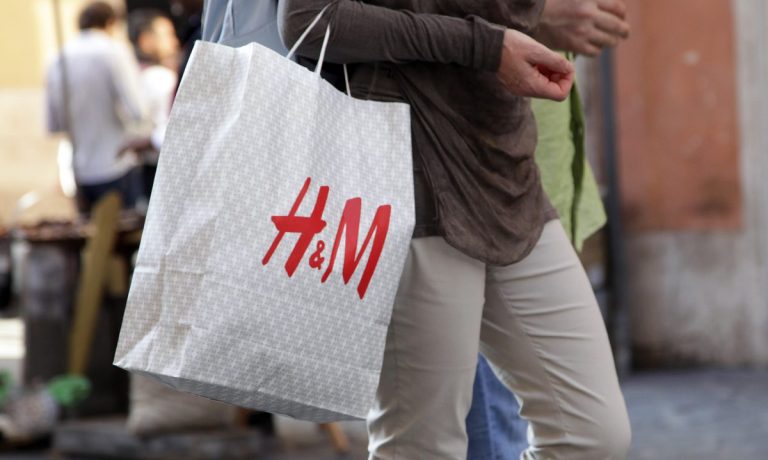
“Ugh — I really don’t want to have to return it,” every consumer has thought to themselves at some point. According to the National Retail Foundation, 79% of shoppers under the age of 30 find mail returns somewhat or very bothersome.
On top of the annoyance, the process of handling returns also carries a financial burden for the brand or retailer as restocking returned items is not only labor-intensive but may also involve cleaning, refurbishing or repackaging. In 2022, that was fate of 16.5% U.S. purchases retuned.
Considering this, brands and retailers are actively exploring ways to minimize return costs and encourage repeat purchases, all to help customers discover better-fitting products and foster loyalty.
Uber has introduced a more-or-less middleman strategy called “Return a Package,” which allows users to send up to five prepaid and securely sealed packages to a nearby post office, UPS or FedEx for a fixed fee of $5 — or $3 for Uber One members. This service is accessible through the Uber and Uber Eats apps in nearly 5,000 cities.
The company mentions that this service is aimed at younger consumers who find the process of making physical returns inconvenient.
“At Uber, we’re investing in making more use cases as effortless as tapping a button to get a ride or ordering dinner to your doorstep,” Wendy Lee, the company’s director of delivery product management, said in the release.
“Now, we’re bringing something new to the Uber and Uber Eats apps — a way to save time and effort in getting packages shipped.”
Although consumers are the primary beneficiaries of this launch, brands and retailers can also reap rewards from Uber’s package return service as it simplifies the return procedure, diminishing the administrative workload and expenses linked to managing returns.
Read more: Consumers Fuel Uber’s Newest Return Service
Then there’s H&M, which has recently implemented return fees for online orders in multiple markets.
The move is an interesting one, as a recent PYMNTS Intelligence report reveals that 33.4% of American consumers consider free online returns — defined as retailers providing free online returns with printable shipping labels — to be very or extremely important.
The fast-fashion retailer introduced a policy of charging customers a $5.99 fee for each returned package, with the deducted amount coming from their refund. However, H&M members can still enjoy the privilege of making returns without incurring any additional cost.
Read more: Will H&M’s New Return Fee Drive the Loyalty It’s Looking For?
Others are looking to invest a bit more in the prepurchase experience to instill consumer confidence — and make the shift in time for holiday shopping.
From November 2022 to mid-January of the current year, at least 10% of weekly orders were eligible for returns. As a result, retailers are actively exploring methods to mitigate returns, and one effective strategy involves offering product samples.
Samples improve the shopping experience by enabling customers to engage with a product before making a purchase, decreasing the likelihood of returns.
Walmart is one retailer embracing the concept of product sampling. Since June, it has been organizing weekend demonstrations with free samples in over 120 stores, and it has intentions to extend this service to 1,000 locations by February. This goes beyond food items and is open to all advertisers whose products can be found at Walmart.
The store will reportedly blend in-store demonstrations with QR codes located at the sample stations, offering cooking ideas, virtual shopping opportunities and seasonal recommendations.
Additionally, Walmart will incorporate audio advertisements into Walmart Radio, broadcasting them through the store’s public address system, displaying them on the TV wall and even showcasing them on the self-checkout screens.
Read more: Retailers Employ Freebie Model to Reduce Returns